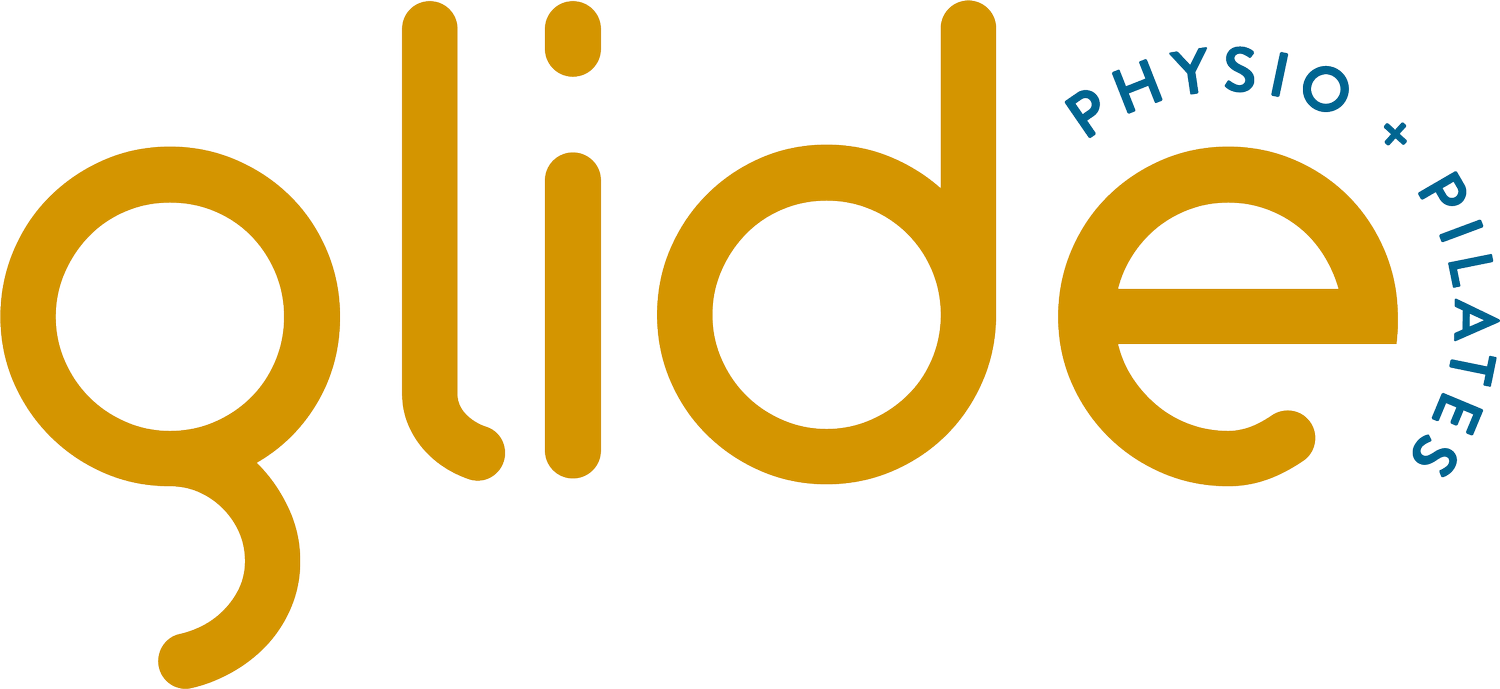What is Soft Tissue Massage?
Soft tissue massage is a hands-on therapy technique used by physiotherapists to address muscle tension, pain, and restricted movement in muscles, tendons, and ligaments. It involves the use of various techniques—such as kneading, rolling, and sustained compression—to improve circulation, reduce muscle tightness, and promote relaxation. This type of massage is beneficial for both recovery from injury and ongoing muscle maintenance.
What Does Soft Tissue Massage Feel Like?
Clients often feel a mix of pressure and stretching in the treated area, which may feel relaxing or slightly intense, depending on the area and pressure used. Massage may create a sensation of warmth as circulation increases. Many clients experience immediate relief, though mild post-treatment soreness—similar to what you might feel after exercise—is common and usually resolves within a day or two.
How Does Soft Tissue Massage Help?
Soft tissue massage works by combining physical and neurological effects to support healing, pain relief, and muscle relaxation:
Improved Circulation and Relaxation: Techniques like kneading and compression stimulate blood flow and lymphatic drainage, aiding in muscle recovery and tissue repair.
Release of Tension and Adhesions: Massage helps relax tight muscles, break down adhesions or scar tissue, and improve flexibility in areas prone to stiffness.
Pain Reduction: By stimulating sensory receptors, massage can engage the body's pain-gating mechanism, reducing pain signals. Massage also promotes the release of endorphins, the body’s natural pain relievers, supporting a sense of well-being.
These effects make soft tissue massage a helpful treatment for a range of conditions, including:
Muscle Strains and Sprains: Massage can alleviate pain and improve flexibility in injured muscles.
Chronic Pain Conditions: For conditions like fibromyalgia or chronic lower back pain, massage helps reduce persistent muscle tightness and pain.
Tension Headaches and Myofascial Pain Syndrome: By relieving trigger points and muscle tension, massage can alleviate headache pain and referred pain associated with trigger points.
Potential Side Effects
Soft tissue massage is generally well tolerated, though some clients may experience:
Temporary Soreness or Bruising: Mild soreness or minor bruising may occur, particularly if deeper pressure is used.
Fatigue: Some clients feel tired as their muscles relax and circulation improves.
Mild Inflammation: Occasionally, massage can lead to minor inflammation, especially in sensitive or recently injured areas.
What Does the Latest Evidence Say?
Research supports soft tissue massage as an effective method for pain relief, improving mobility, and promoting relaxation. Studies indicate it reduces muscle soreness, enhances flexibility, and supports recovery, particularly when combined with other therapeutic interventions, such as exercise and stretching.
